
In 2008, after holding several positions in design publishing and communications in both Rotterdam and New York, David van der Leer shifted gears, becoming the first member of the Guggenheim Museum’s architecture and urban studies–focused curatorial team. At the Guggenheim, van der Leer steered the museum on a course of public outreach on city-related issues, including the BMW Guggenheim Lab, the recently concluded project in which experts and residents in New York, Berlin, and Mumbai discussed life in their cities.
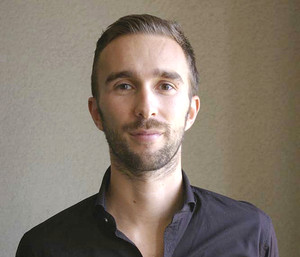 |
| Photo by Jonathan Bowen © The Solomon R. Guggenheim Foundation, New York |
Last year, van der Leer took the reins of the Van Alen Institute as its executive director. The New York–based organization holds competitions, mounts exhibitions and other public programs, and conducts research to shape conversations about the built environment and introduce high-quality design solutions to cities around the world. Already the organization has announced a new storefront design and a multiyear series of programs, research, and competitions focused on the role of escape in the urban landscape. RECORD spoke with van der Leer about his plans.
Why did you want to go outside museum walls, as you did with the BMW Guggenheim Lab?
There are a lot of fascinating people in the design fields, but sometimes you get the feeling that the conversations are taking place in a bubble. BMW Guggenheim Lab cocurator Maria Nicanor and I wondered how to open these discussions to everyday audiences of urban citizens, and whether it would lead us in new directions. Now I realize that I like to look at an institution and imagine new possibilities within its existing frameworks, something that is very interesting to do at Van Alen Institute. I see it as an almost-120-year-old start-up.
Where is the Van Alen is heading?
We are taking the strongest points of Van Alen and carefully placing these in a new framework of multiyear initiatives. This allows us to continue running our robust design competitions—something we have done for decades—and make them work better for our reinvigorated research and public programs. The first of these multiyear initiatives is Elsewhere: Escape and the Urban Landscape. We kicked it off with a festival-style week of programs and, over the course of the coming months, two new competitions and a research project will be added. The initiative covers a variety of urban locations, sectors, and experiences. It is an ideal opportunity to connect to new groups around the city and the world.
So Elsewhere represents a dovetailing of Van Alen activities?
We can undertake competitions and programs and larger research queries, especially if we organize them under thematic umbrellas. For that reason it is very important that Van Alen doesn’t only feel renewed programmatically next year but also looks new in its home in Chelsea. And that is where the idea for our redesigned space fits in, by Collective-LOK. We hope to open it next summer.
Why the “escape” theme?
There is almost no way to speak about the contemporary urban landscape without addressing escape, physically and mentally. I’m always looking for poetic themes that people can fairly easily relate to but that also inspire the inquiries of academics and practitioners. “Escape” allows us to explore multiple scales. Looking through many lenses will help us understand why, when, and how we escape, and I think this will drive fresh and unexpected ideas for the design and organization of cities and regions. What I described may not sound like straightforward architecture, but I do feel that one of the roles of design is to help with these issues.
Currently, one of your highest-profile competitions is Rebuild by Design. How can its specific responses to Hurricane Sandy be interpreted in the more general, thematic manner you’re aiming for?
Rebuild by Design is a project of the U.S. Department of Housing and Urban Development with the collaboration of Van Alen Institute, New York University’s Institute for Public Knowledge, the Municipal Art Society, and the Regional Plan Association. It is active around the entire Sandy-affected region. The design teams are listening very carefully to communities, interacting with them, figuring out what’s happening at the level of natural systems. To me, implementing design solutions for these communities is just one element of the work. The beauty is that there’s also a lot of collaboration happening between the design teams. I find it fascinating to see this commitment to making our region more resilient.

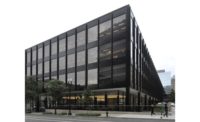
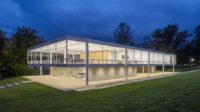
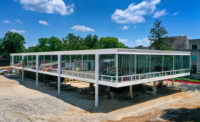
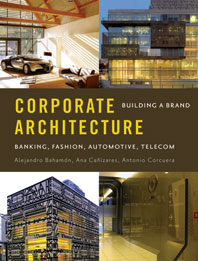
Post a comment to this article
Report Abusive Comment